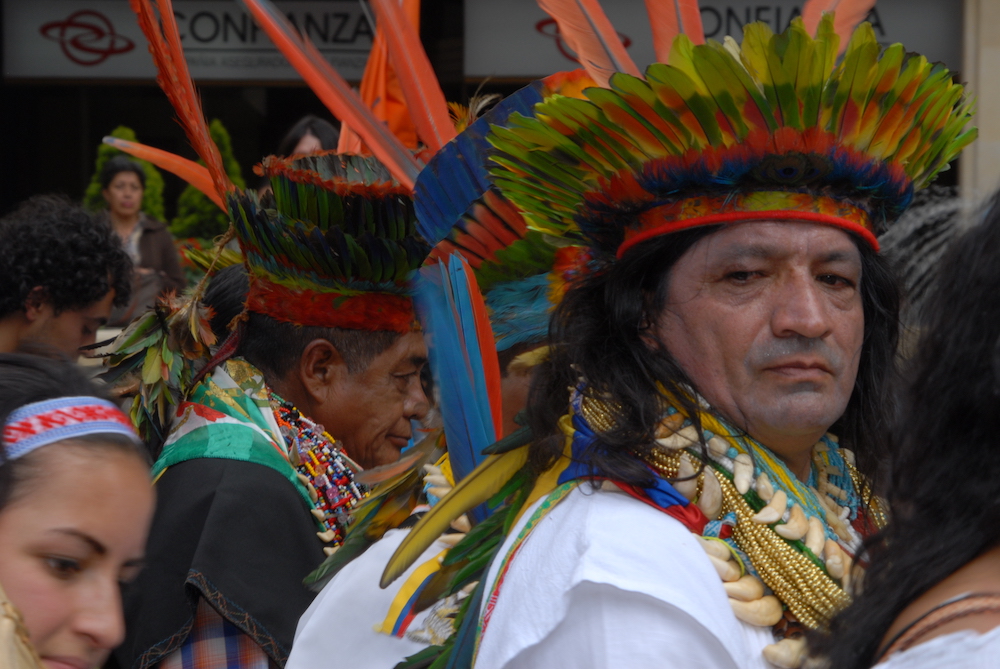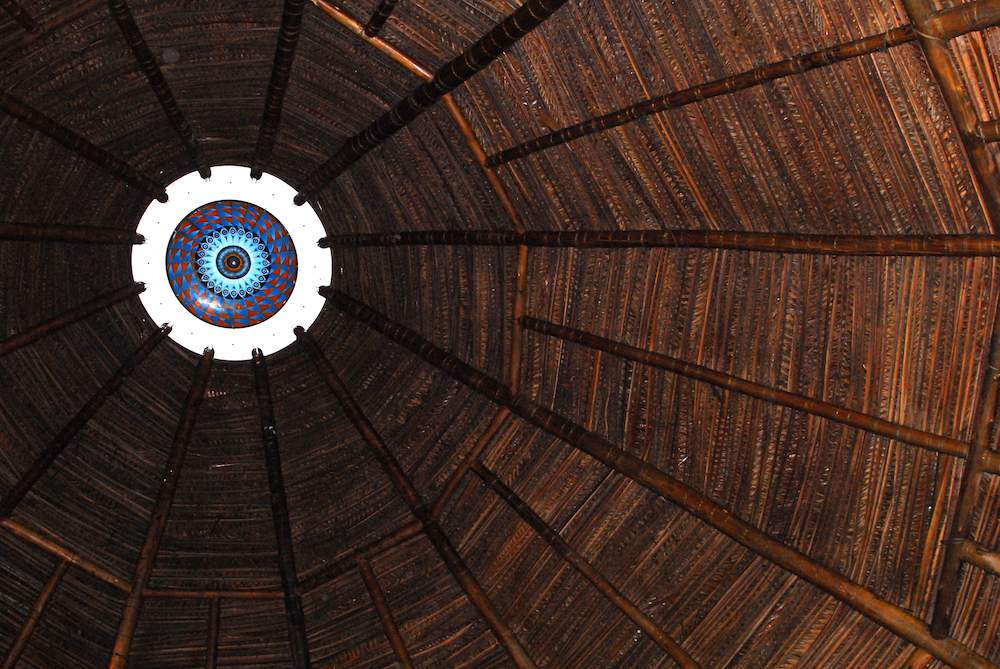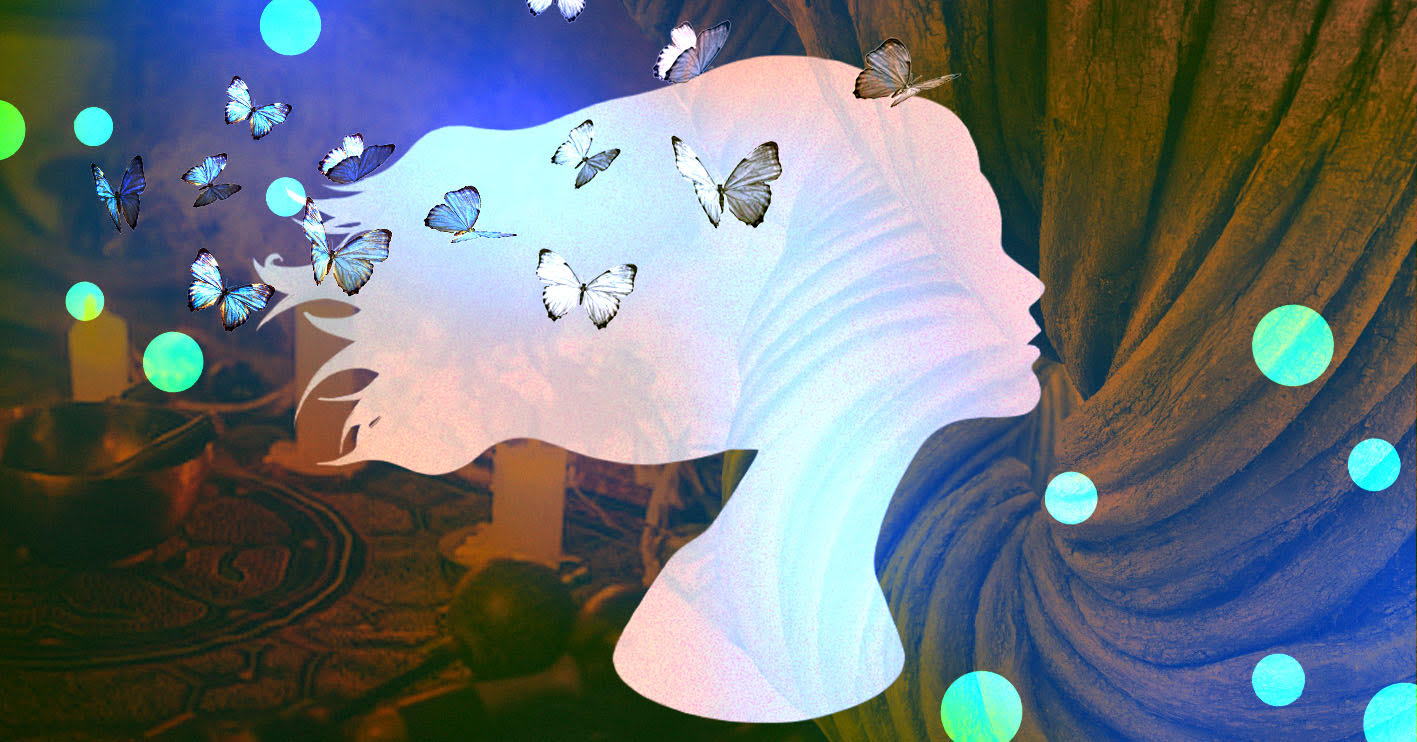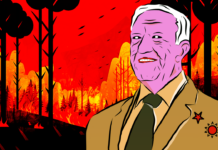On May 13, 2019, the court of Guaduas in Cundinamarca, Colombia, pronounced the guilty verdict against the supposed “taita” and connoisseur of “yajé,” Edgar Orlando Gaitán Camacho, for three cases of sexual abuse of minors with disabilities. He was reported by nine women in Villeta and five women in Medellín (where the criminal case has not advanced). Some of these sexual abuses were performed in yajé ceremonies at Finca El Sol Naciente in la Vega Cundinamarca, Colombia. This criminal process has been in process since 2013. I was an expert witness during the trial. Six years after the allegations, the condemnatory decision was pronounced by a national judge. This is a milestone for a new form of crime happening during yajé ceremonies in which certain individuals present themselves as “taitas” with knowledge of the use of plants such as yajé, as “spiritual guides,” indigenous doctors, and “new messiahs.” In many cases, these characters are abusers; rapists of women in contexts of supposed “traditional” therapies.
In order to gain authority and trust, Edgar Orlando Gaitán Camacho called himself “taita,” and “the last indigenous Carare,” and said he was winner of the “alternative Nobel peace prize.”
I have written a book about this subject, which I will comment on here. My book is an investigation in which I presented, through an autoethnography, a description of an experience I lived for 12 years of my life around the yajé ceremonies with this supposed “taita,” Edgar Orlando Gaitán Camacho. I was part of a group of professionals who formed the Carare Foundation and set up the “Carare community,” led by this neoshaman. In order to gain authority and trust, Edgar Orlando Gaitán Camacho called himself “taita,” and “the last indigenous Carare,” and said he was winner of the “alternative Nobel peace prize.” With these investitures, this so-called “taita” established authoritatarian and violent power-knowledge-based relationships while performing victimizing practices. His actions were justified by him, in large part, through his fictions and inventions about “traditional indigenous” therapeutic practices, creating the illusion in us, his followers, of a beneficent construction, promulgating the feeling of being part of a campaign promoting peace, recognized in Colombia, and of being a steward of knowledge and ancestral practices.
In my research, I noted that, through various speeches and figures superimposed with authority and respect, Edgar Orlando Gaitán was considered by some to be a human being who embodied multiple powers; a knowledge-power of moral authority, accepted throughout the planet, indicated by calling himself winner of a “Nobel Peace Prize”; a cultural knowledge-power, accrued by being a “taita,” and a spiritual knowledge-power, conceived by our romanticism and fervor as “divinity,” a “spirit of God on earth,” and “seed of the yajé plant.” We believed that this leader carried out “miraculous cures.” Additionally, he imposed arbitrary practices and strategies to be obeyed in orientations with followers.
For 12 years, my life with this supposed “taita” oscillated between fraternity, community ideals, manipulation of will, dominance through mystical fervor, and susceptibility to suggestion that incorporated practices of subordination in my body: symbolic, sexist, macho violence. This neoshaman, through diverse discourses of knowledge-power, created various scenarios and practices of subjection, control, and masculine dominance. I lived within these constraints, obligations, and regulations that had ideals and sexual values anchored in Catholic morality and supposed heterosexist “indigenous customs” that generated in me, and in others “discipling,” the practice of human slavery.

Fictitious Ethnicity and Appropriation of an Alternative Nobel Prize
According to the above, I describe how this neoshaman, having multiple modes of presentation, and who self-appropriated diverse discourses of knowledge-power to create legitimacy, played with various subjection and control strategies. Gaitán Camacho made us his empowered “disciples” and “helpers.” Some of us wrote undergraduate and master’s theses to establish stronger links with important universities in the country. Gaitán Camacho came to give lectures at the National Academy of Medicine, Universidad Nacional de Colombia, and the Doctorate of Social Sciences of the Pontificia Universidad Javeriana, among other spaces we opened as his “disciples.”
Another powerful strategy was the fictitious ethnicity of this neoshaman who called himself “taita”; a cultural and political resource that gave him a position of authority and respect and generated a sense of superiority. Gaitán Camacho strengthened this invention of ethnicity, establishing commercial relations with indigenous political authorities and taitas of Putumayo (Colombia) with whom he made partnerships and generated bonds of friendship. These people accompanied him to the yaje ceremonies on many occasions, which had repercussions for both of them of symbolic and material benefits.
Another legitimization and solidification strategy of his authority was the “recovery” of a “primordial ethnic root,” based on his ties of kinship with his indigenous great-grandmother, underlining biological and essential aspects as identity references of the Carare indigenous community; this “genetic” link accounted for his “undoubted ethnicity.” It is important to note that the indigenous Carares, located in the area of Santander and Magdalena Medio in Colombia, disappeared in the middle of the twentieth century. So far, there are only archaeological vestiges of their existence. This essentialist and biological conception became, through neoshamanic stories, an ethnic absolutism to the point of him calling himself “the last Carare,” the only living representative of this extinct indigenous community.
In addition to the previous discursive practices intedned to create authority and respect, this neoshaman appropriated an international recognition, the Right Livelihood Award (Alternative Nobel Peace Prize), which was awarded to the Carare Rural Workers Association (ATCC) in 1990. After the sexual abuse allegations of Edgar Orlando Gaitán were revealed, the Right Livelihood Award Foundation publicly stated that this recognition is never given to an individual, and was given to a group of peasants of the Carare, and not to Gaitán Camacho.
Organizations Granting the Neoshaman Legitimacy and Authority
For several years, Gaitán Camacho formed various organizations to increase his credibility and authority in order to cover his ways of operating and abusing people. In the self-ethnography, I describe the network of organizational forms that range from an initial group formed by 10 professionals to a later Carare community constituted of 500 members. This group consists of social researchers, academics, audiovisual producers, doctors, musicians, nurses, midwives, lawyers, architects, political scientists, indigenous people, merchants, foreigners, families, university students, young people, boys, and girls who subsequently, for the most part, became disciples and fervent followers.
I also point out how institutional and community organizational forms (Fundación Carare, IPS Maya Pija and CPCPB) implemented tactics to guarantee greater access to economic resources (contracts with state institutions), high quotas of power and political legitimacy, greater interaction with institutions, academics, organizations, ethnic communities and, of course, an unquestionable “knowledgeable guide” status A “neo-maloca” type of hut was built, gardens were planted and cared for inside the El Sol Naciente farm in la Vega, Cundinamarca and in Rionegro, Medellín, to create a greater identification with what was established as the “ancestral indigenous Carare.”
Hyper-Ritualization of Daily Life, Forms of Domination and Violence
During this ceremony, rituals were superimposed on rituals, perpetuating orders, obligations, and duties.
I also describe how the ritual epicenter was the yajé ceremony. During this ceremony, rituals were superimposed on rituals, perpetuating orders, obligations, and duties. Spaces of “self justice” were instituted, with asymmetric power relations that were protected by specific technologies of domination, forms of correction, and punishment on the bodies, and where direct and symbolic violence was generated towards the members of the Carare Community. The book also describes the techniques of submission and voluntary acceptance of these aggressions.
I describe the inequality and asymmetry of relationships, the sexism, and the forms of subjection; descriptions that collapse the notion of equality, peace, beautiful thought, and fraternity.
Under this mantle of rituals, and within the redundancy of emblematic practices understood by indigenous communities of the Amazonian Piedmont, based on the discourses of “the healing of conflicts or diseases, they promoted a mystical seduction in the exercise of dialogue, forgiveness and reconciliation, but, at the same time, they generated self-contempt, disability and self-denigration”.1. Colección: Intervenciones En Estudios Culturales. Bogotá, Colombia: Editorial Pontificia Universidad Javeriana. ISBN: 987-958-781-314-2. https://libreriasiglo.com/ciencias-sociales-y-humanidades/61803-neoshamanismo-urbano-engano-abuso-y-poder-en-la-comunidad-carare.html#.XPggv4gzbIU] In this way, I explain how roles, forms of socialization, and lifestyles were assigned to women, men, boys, and girls linked to this group. I describe the inequality and asymmetry of relationships, the sexism, and the forms of subjection; descriptions that collapse the notion of equality, peace, beautiful thought, and fraternity.
I show how the practices and control systems of coercion, male domination, and domestication of the body that Gaitán Camacho exercised made the helplessness of the victims possible.
This understanding was essential to address the logic of domination and its assimilation, through a rationalization and exaltation of the feminine, and the concealment strategies of the neoshaman to carry out violations against women. I show how the practices and control systems of coercion, male domination, and domestication of the body that Gaitán Camacho exercised made the helplessness of the victims possible. Finally, through testimonies of women of different ages (minors, young people, adults) about sexual violations committed by this perpetrator, I reveal the relations of domination, the forms of submission, the threats, and the violence exerted on the bodies of women in the yagé ceremonies or spaces that this neoshaman established as “therapeutic” (doctor’s offices, Gaitán Camacho’s home, hotels, and physical therapy spaces within the farm, among others).

Cults and Neoshamanism
It is necessary and urgent to continue research on neoshamanic groups who consume yaje or other plants in which there is a risk of “sectarian drift,” or, in fact, formation of a cult, as in the case of the Carare Foundation, and Carare Community. In addition, there is a need for the identification of neoshamanic groups where rigorous mechanisms of internal control are presented, or forms of “self justice” under internally stratified and highly discriminatory hierarchical systems, creating illusory environments of community and trust in which the teacher or guide is one who “knows everything,” and, from his knowledge-power of “healing,” arranges what members should do in their daily life.
This type of group becomes an ethical, political, and public health problem; hence, the need to understand this phenomenon and, not only reflect on it in the field of human and social sciences, but to continue to establish guidelines to address the violence exerted against women and men in these contexts. It is necessary to enact legal reforms in Latin American countries with respect to cults, since these enterprises go against human rights and dignity.
References
- Sánchez Sarmiento, B. (2018). Neoshamanismo urbano: Engaño, abuso y poder en la comunidad Carare [Urban neoshamanism: Deception, abuse and power in the Carare community ↩
Take a minute to browse our stock:
Did you enjoy reading this article?
Please support Chacruna's work by donating to us. We are an independent organization and we offer free education and advocacy for psychedelic plant medicines. We are a team of dedicated volunteers!
Can you help Chacruna advance cultural understanding around these substances?














